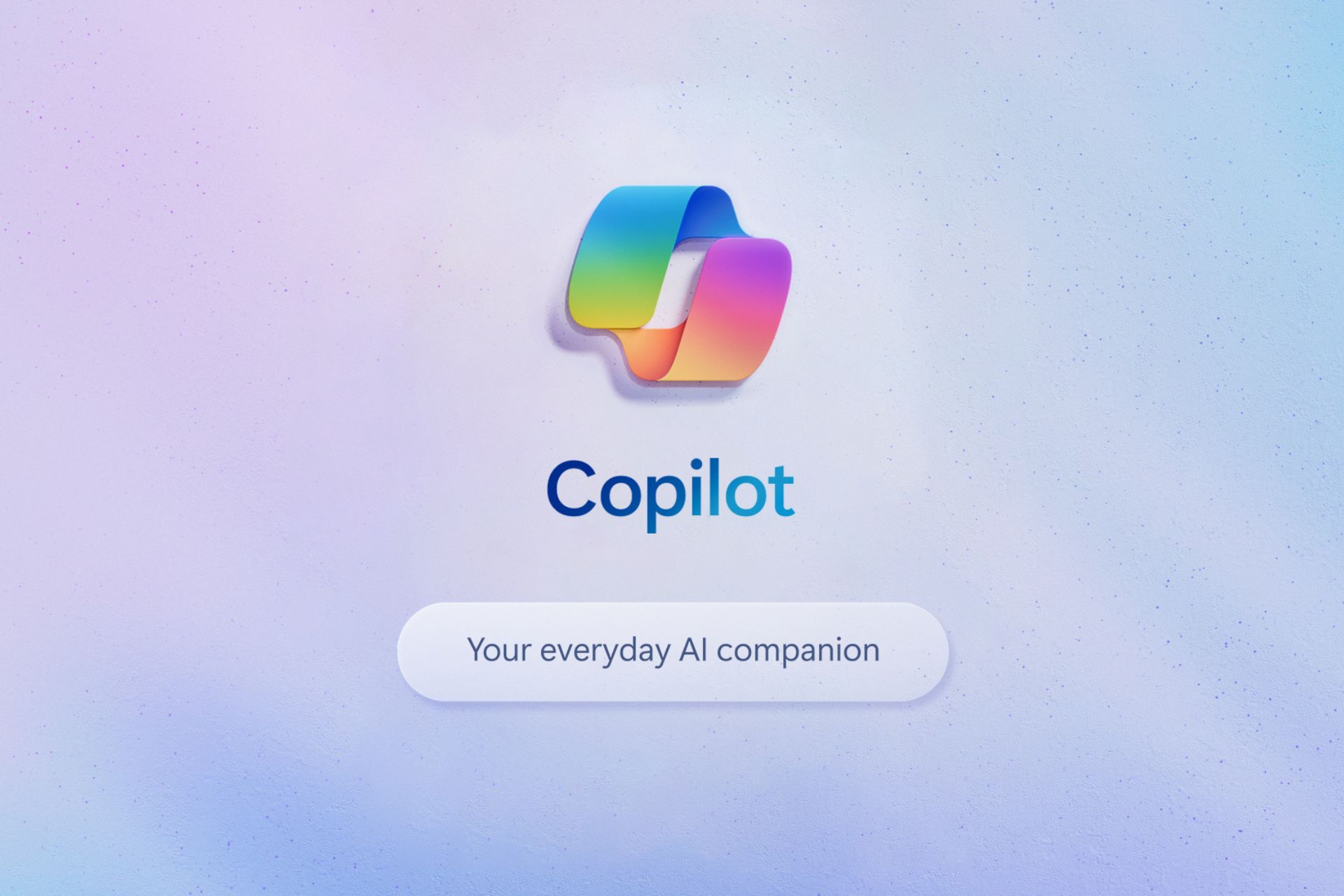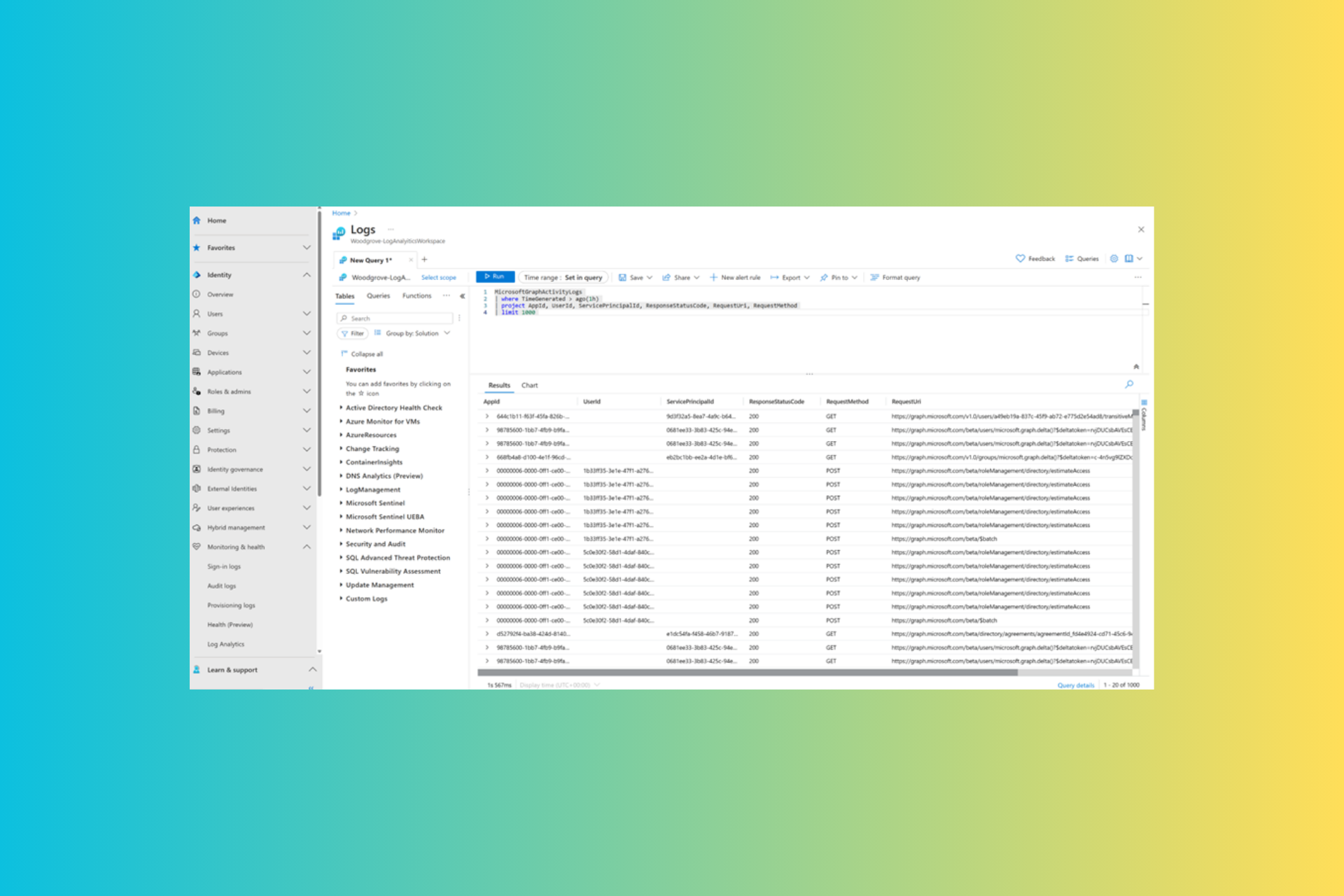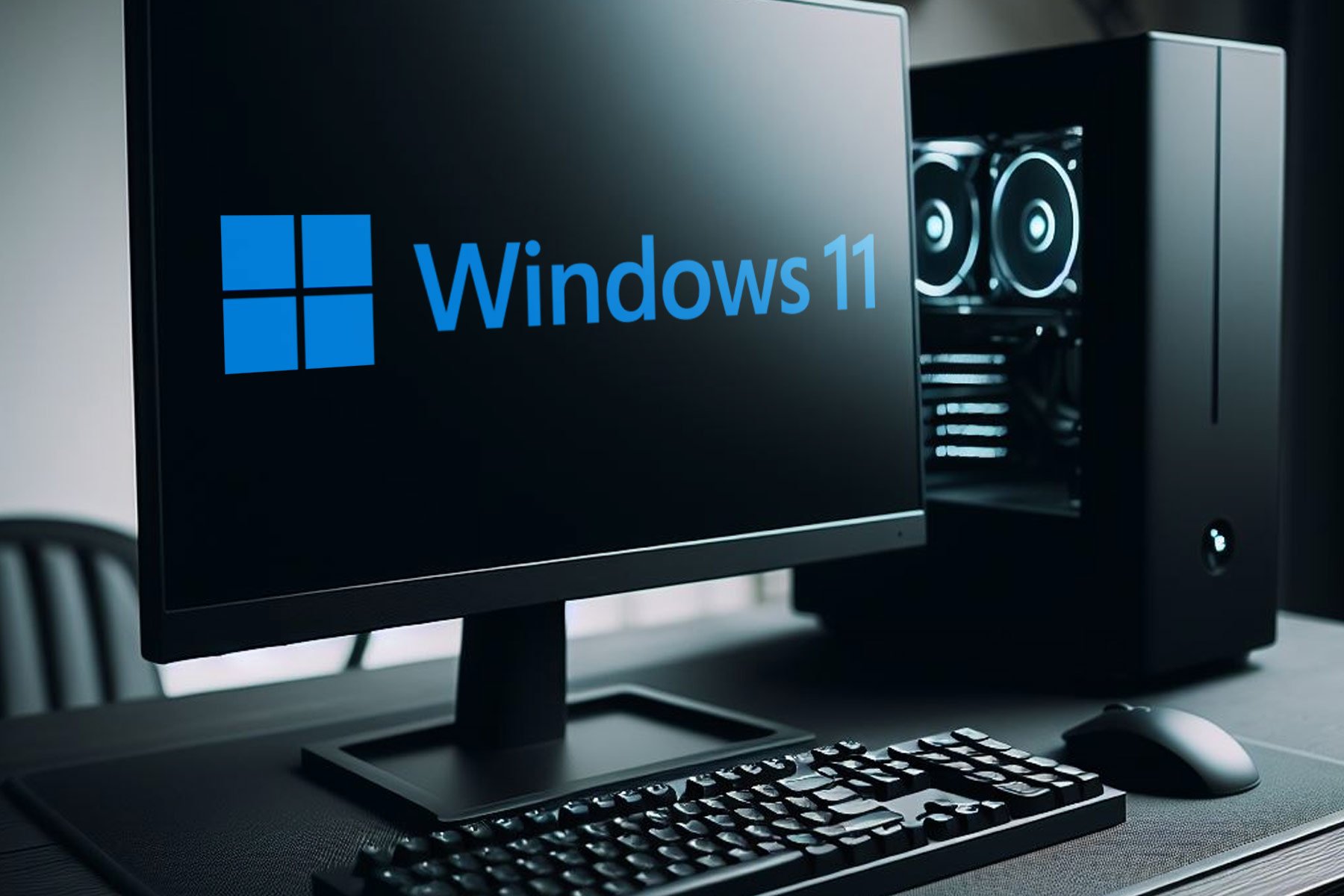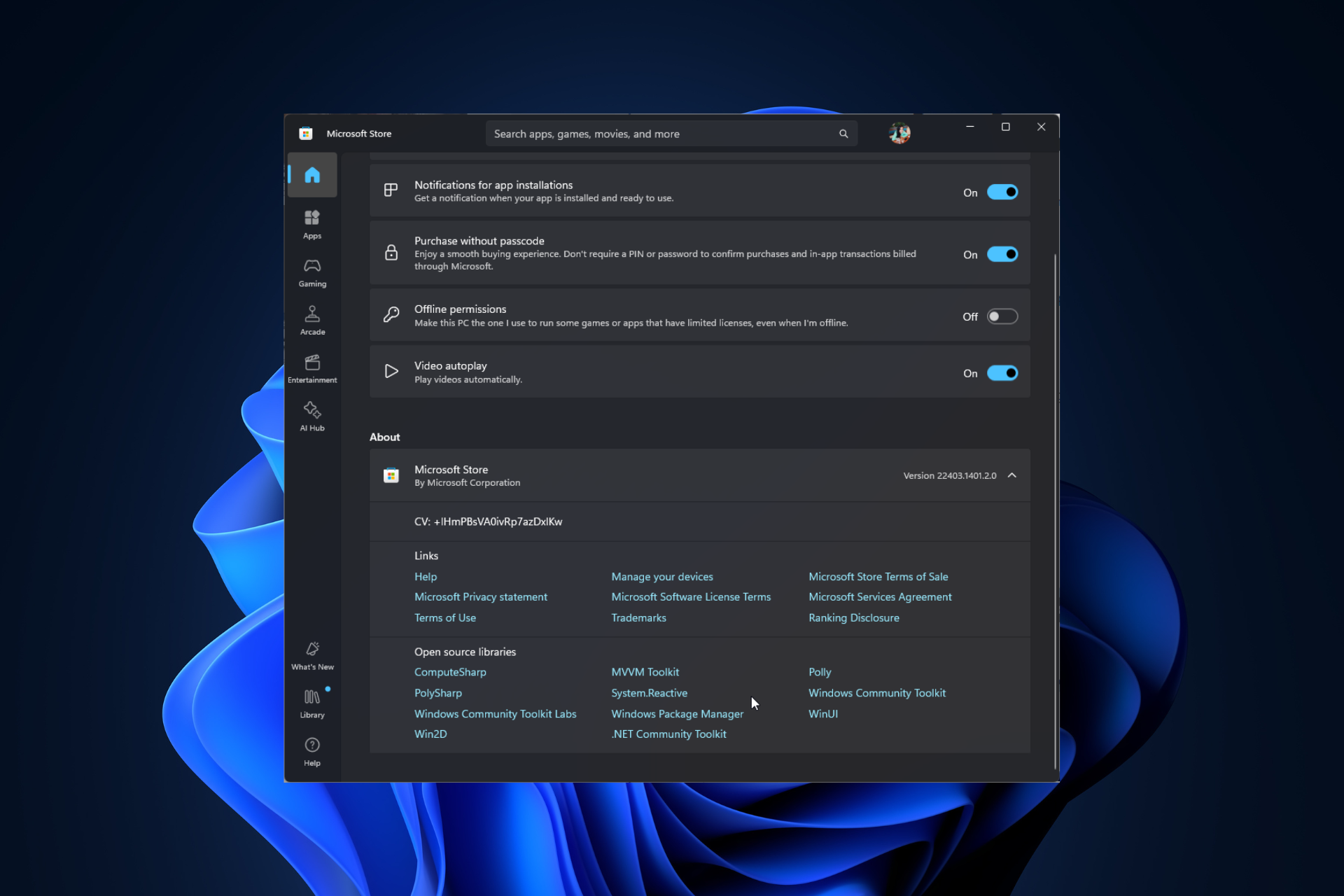Windows Store experienced 6.5 billion visits in ten months fueled by UWP apps
2 min. read
Published on
Read our disclosure page to find out how can you help Windows Report sustain the editorial team Read more
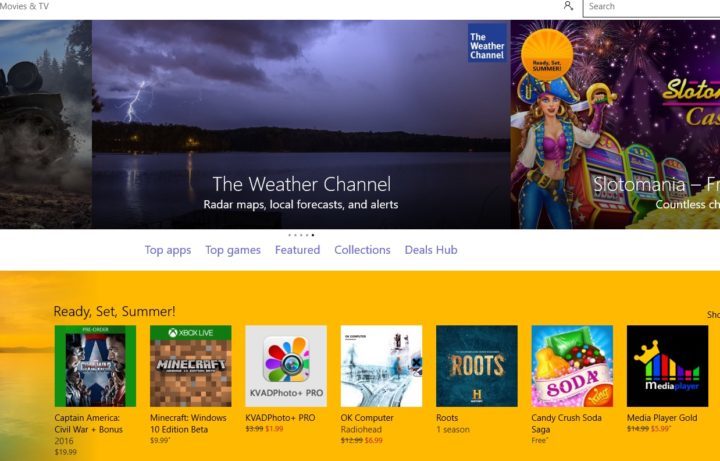
The Windows Store is gaining more popularity among app platforms, with more than 6.5 billion visits since Windows 10 became available for free. This means that 18 million people hit the Microsoft Store every day in search of the perfect app for their needs.
The impressive number of visits also means that developers are becoming more interested in creating apps for the Windows platform. Microsoft made their work easier thanks to the Universal Windows Platform which allows developers to build apps for all Windows platforms using the same programming. The tech giant also rolled out improved specific developer tools or is planning to do so soon: an upcoming SDK tool will allow developers to test their code before pushing it out to users, VSMacros are back, and new BingMaps technology for developers is now available. The addition of Hyper-V containers and the PowerShell Dev feature eliminate cross-machine issues. Another powerful incentive for developers is the Centennial Project, allowing them to convert their Win32 apps to the UWP. This is the perfect initiative for the many legacy Win32 apps that will never be rewritten from scratch to support the Universal Windows Platform.
Windows 10 is more attractive to developers thanks to the huge number of users since more than 300 million devices are powered by Microsoft’s latest OS. This translates into higher revenues for developers compared to Windows 8 and 8.1.
The number of Windows Store visits will only increase in the coming months thanks to the recently launched Ready, Set, Summer Collection which offers 50% discounts on a series of apps, games, and movies. The promotion will end on June 6, 2016, which means that you have only one week to buy these discounted products.
Unfortunately, Microsoft did not mention what the actual sales numbers or the actual download numbers generated by the Windows Store. Many users could have simply hit the Store icon by mistake, so it would be interesting to know what those figures are along with the number of unique visitors or how long users stay on Microsoft’s Store page.

